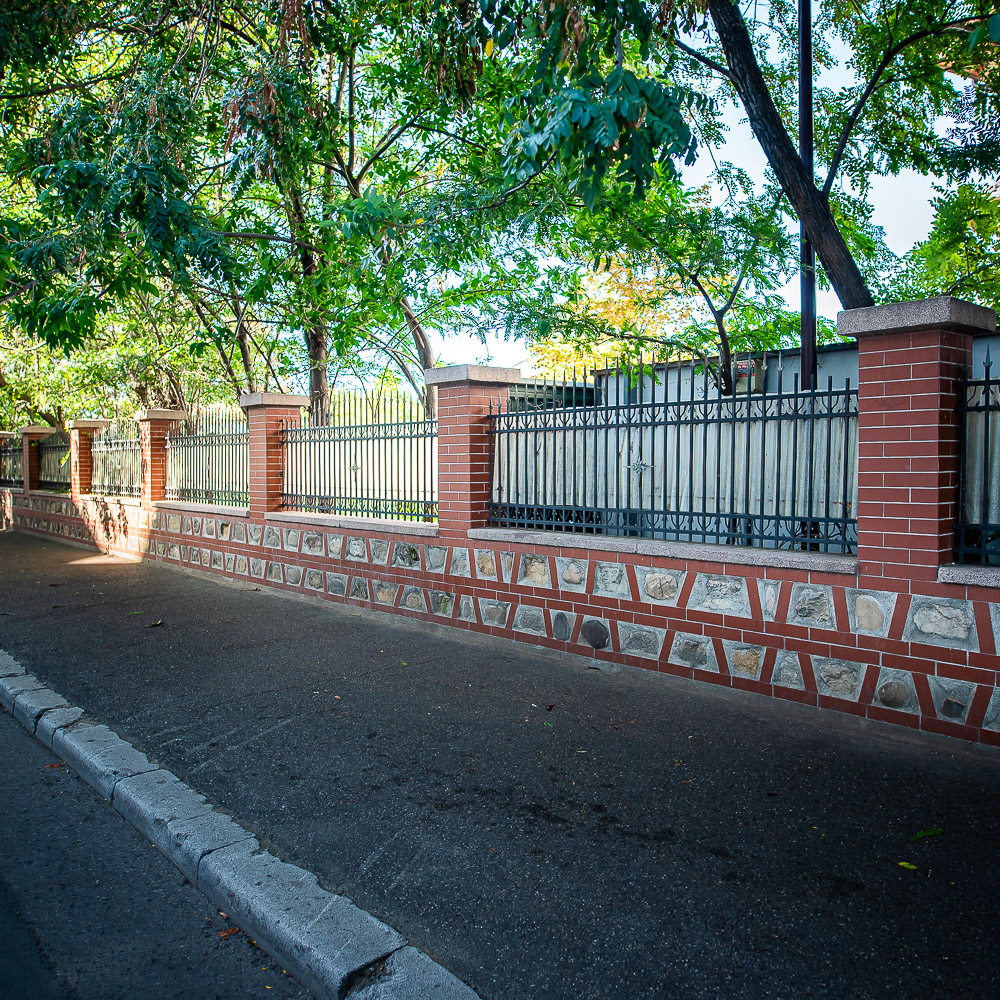
Dumitru Fotescu House
September 2, 2024
“Alexandru Marghiloman Street” Ensemble
September 2, 2024English
ENCLOSURE WALL OF THE BISHOPRIC
The bishopric of Buzău was established, together with that of Râmnic, around the year 1500 by Radu the Great, lord of Wallachia (1496-1508), at the urging of the former patriarch Nifon of Constantinople. The Bishopric of Buzău had authority over the counties of Buzău, Râmnicu Sărat, Săcuieni and later Brăila. The first bishop of Buzău was Paisie. Initially, the Buzău Diocese did not have a church intended as an episcopal seat. Its management was from Târgovişte, the capital of Wallachia. In 1649, ruler Matei Basarab built a church here, on the site of the oldest Frăsinet hermitage, which thus became the church of the Buzău Diocese.
Later, the Noble Houses, or the Episcopal Palace were built here (during the reign of Constantin Brâncoveanu), and bishops Metodie (after 1742) and Chesarie (after 1832) rebuilt it after the earthquakes and foreign invasions, adding the Theological Seminary, the Consistory, the Bell Tower, Typography, and the monks' cells. It was also then that the park and the surrounding gardens were laid out, which were surrounded by a stone wall, intended to provide the entire episcopal complex with the necessary protection.
The enclosure wall of the Bishopric of Buzău is included in the List of Historical Monuments (BZ-II-m-A-02324.07).




